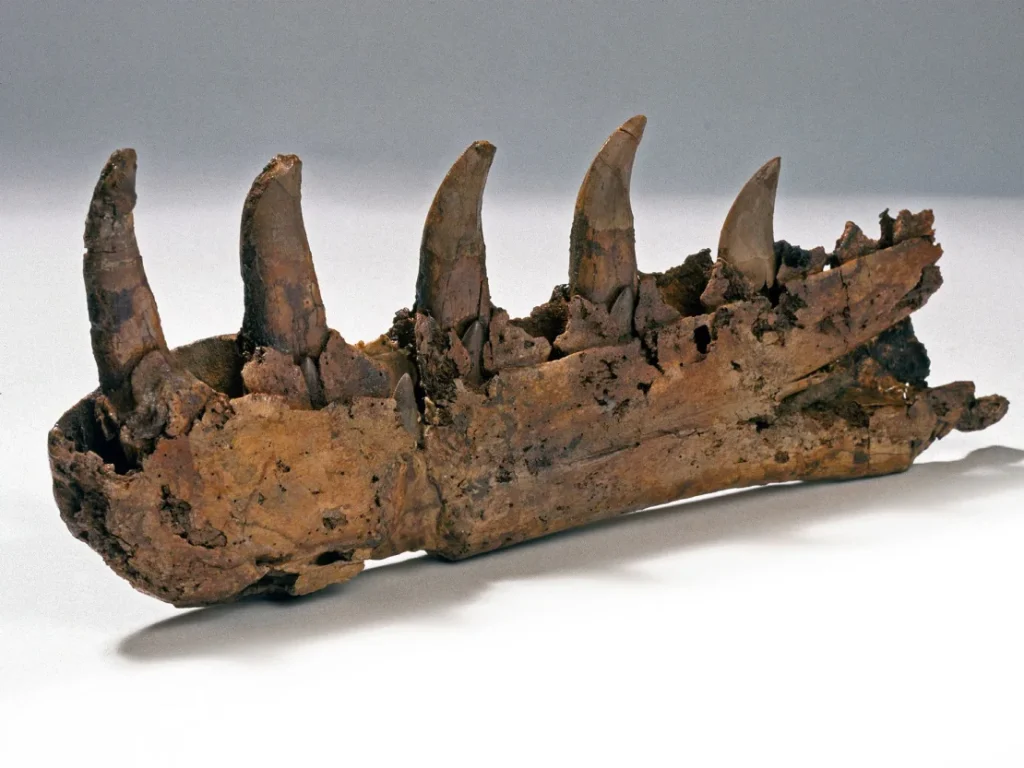Both physically and conceptually, dinosaurs are all around us. Even though the majority of these varied animals became extinct 66 million years ago, the prehistoric forebears of contemporary birds continue to be fascinating to scientists and popular culture. In animated series, colorful dinosaurs frolic around, while in “Jurassic Park,” their more realistic counterparts present a terrifying “what if” scenario for life alongside the enormous animals. Every year, paleontologists discover scores of dinosaur species that were previously undiscovered, expanding our understanding of the prehistoric world. When trying to imagine long-extinct species by assembling their bones, scientists don’t always get it right the first time. However, consider living in an era just 200 years ago
Dino-mite!

When massive fossilized bones were found jutting from the slate quarries in England’s Oxfordshire in the late 1600s, people thought they were once part of a Roman war elephant. The concept of dinosaurs, and even the word dinosaur, was centuries away from entering the public imagination.
But William Buckland, Oxford University’s first professor of geology, changed all of that in 1824 when he named the first known dinosaur: Megalosaurus.
The initial illustrations of the giant reptile weren’t entirely accurate, but Buckland’s discovery was the beginning of a new scientific field that is still growing today.
Paleontologists believe only a fraction of fossils have been found of dinosaurs that once populated the globe, meaning thousands or millions more species may await discovery.







